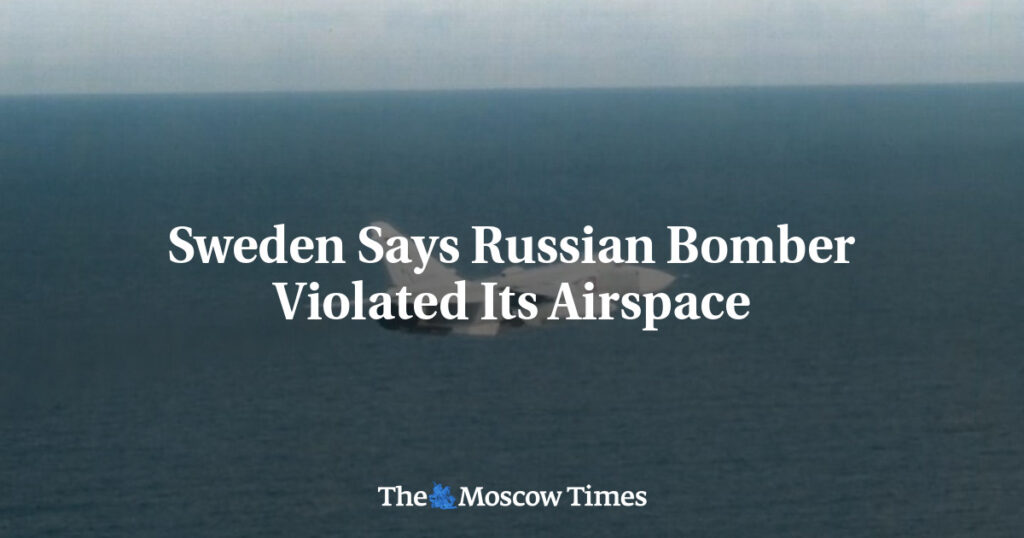A recent incident involving a Russian Su-24 bomber violating Swedish airspace near the strategic Baltic Sea island of Gotland has raised concerns about territorial integrity and security in the region. The Swedish military reported that the violation occurred on Friday, prompting Sweden to scramble two JAS-39 fighter jets to intercept the intruding aircraft.
This incident comes in the wake of Sweden becoming a full member of NATO three months ago, marking a significant shift in its military alliance policies after centuries of non-alignment. The proximity of Gotland to the Russian exclave of Kaliningrad, located less than 350 kilometers away, underscores the strategic importance of the island in controlling air and naval movements in the Baltic Sea, according to Swedish military doctrine.
The Swedish Armed Forces emphasized that the violation was brief, but nonetheless condemned Russia’s actions as unacceptable and indicative of a lack of respect for Sweden’s territorial integrity. Jonas Wikman, the head of the Swedish Air Force, expressed concern over the incident and highlighted the importance of maintaining sovereignty in the region.
Sweden’s decision to reopen its garrison on Gotland in 2018, following years of military budget cuts that led to its closure in 2004, reflects a growing awareness of the need to bolster defense capabilities in response to evolving security challenges. The annexation of Crimea by Russia in 2014 and its subsequent invasion of Ukraine in 2022 were key factors that prompted Sweden to reassess its military posture and ultimately led to its historic decision to join the NATO alliance.
This recent violation by a Russian aircraft is not the first time such an incident has occurred, with the last reported violation taking place in March 2022 when Swedish fighters intercepted Russian Su-24 and Su-27 fighter jets over Gotland. These repeated airspace violations underscore the ongoing tensions in the region and the need for continued vigilance and cooperation among NATO member states to ensure deterrence and security.
